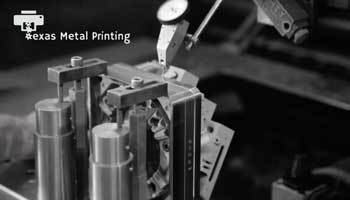The thermocouple is a pair of different metal wires connected at one end. It produces net thermoelectric voltages within the two open pairs according to the temperature difference between their ends. A metal thermocouple creates mV whenever it is found that the temperature at one point is different from the temperature of the other; this is known by the term thermoelectric effects.

Thermocouples are extensively used to control and measure the performance of sensors that measure temperature. The voltage is transformed into a temperature gradient.
In a thermocouple, as the temperature increases, it will increase the value of EMF (mV) will also rise, however, the graph isn't linear. The thermocouple can measure an array of temperatures. They are cheap, durable, and reliable when compared to other temperature sensors.
In a thermocouple, the connection that is put in the process, and whose temperature is recorded and recorded, is referred to as a Hot Junction.
The final point of thermocouple material which is far from the hot junction, and where the temperature is determined is known as Cold Junction.
In 1821, German-Estonian scientist Thomas Johann Seebeck found that when any conductor is exposed to a gradient of heat that it generates the voltage. This is referred to as the thermoelectric or Seebeck effect.
Seebeck observed that electric currents flow through closed circuits made of metals that are dissimilar when their two junctions are heated at different temperatures. The EMF (mV) generated by the thermocouple depends on the dissimilar metals as well as the heat relations between junctions formed.
